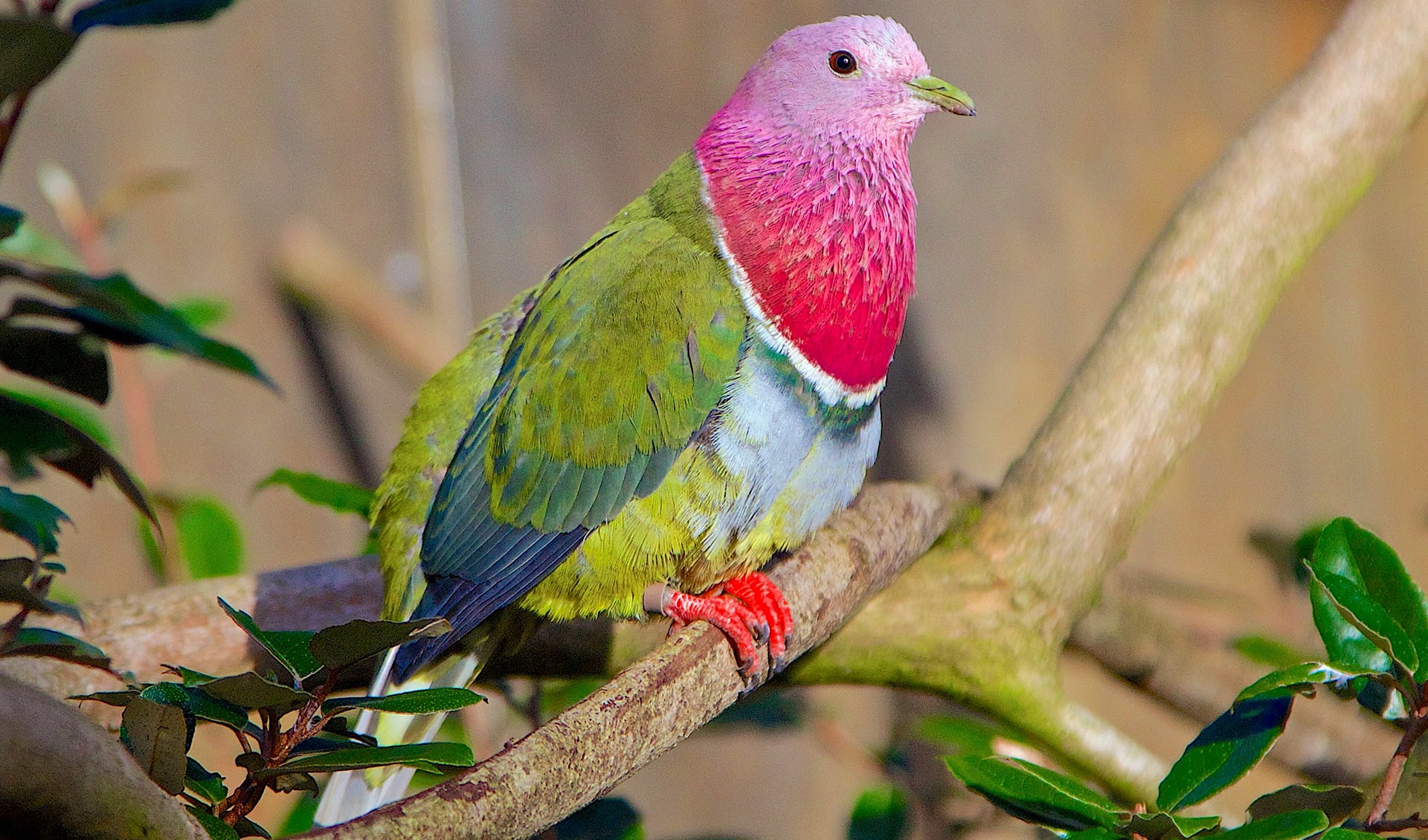Columbidae – Pigeons & doves
While the feral pigeon may feel like an urban pest, it has some great cousins you should know about
One of the most widespread bird families on the planet, found on every continent except Antarctica. This family is incredibly diverse, with over 300 species that exhibit a vast range of sizes, colors, and behaviors.
Pigeons and doves are known for their stocky bodies, small heads, and short legs, with a size range as varied as their habitat. At the smaller end of the spectrum is the diminutive Australian Diamond Dove, weighing a mere 30 grams (1 ounce), while on the larger side, the Victoria Crowned Pigeon from New Guinea can tip the scales at 3 kilograms (6.6 pounds). The dodo, an extinct and much larger relative, once inhabited the island of Mauritius and weighed up to 28 kilograms (61 pounds).
One of the unique features of pigeons and doves is their ability to produce a nutritive substance called “pigeon milk,” which both males and females secrete from their crops to feed their young. This rich, milk-like secretion is regurgitated directly into the mouths of the chicks, providing them with essential nutrients for growth and development.
Columbidae exhibits a wide variety of plumage colors, from the iridescent sheen of the common pigeon to the soft pastels of tropical species. This variation in coloration is not only for aesthetic appeal but also serves practical purposes, such as camouflage, species recognition, and sexual selection.
The diet of pigeons and doves primarily consists of seeds and grains, which they forage on the ground. The expansion of agriculture across the globe has inadvertently benefited many species within the Columbidae family, providing an abundant food source. However, this same expansion has also led to habitat loss and decline in other species less adaptable to human-altered landscapes.
Genera in this family
This genus is filled with the most eccentric-looking pigeons that you’ll ever see
These little birds may be small, but they can gulp down fruit that’s almost as big as their heads!
One of the closest relatives of the famous Dodo bird, which sadly went extinct hundreds of years ago
Most of its body is cloaked in tough, overlapping scales made of keratin, the same material as our hair and nails
Unlike their tree-dwelling cousins, they spend most of their time on the forest floor, scratching through leaf litter in search of food






